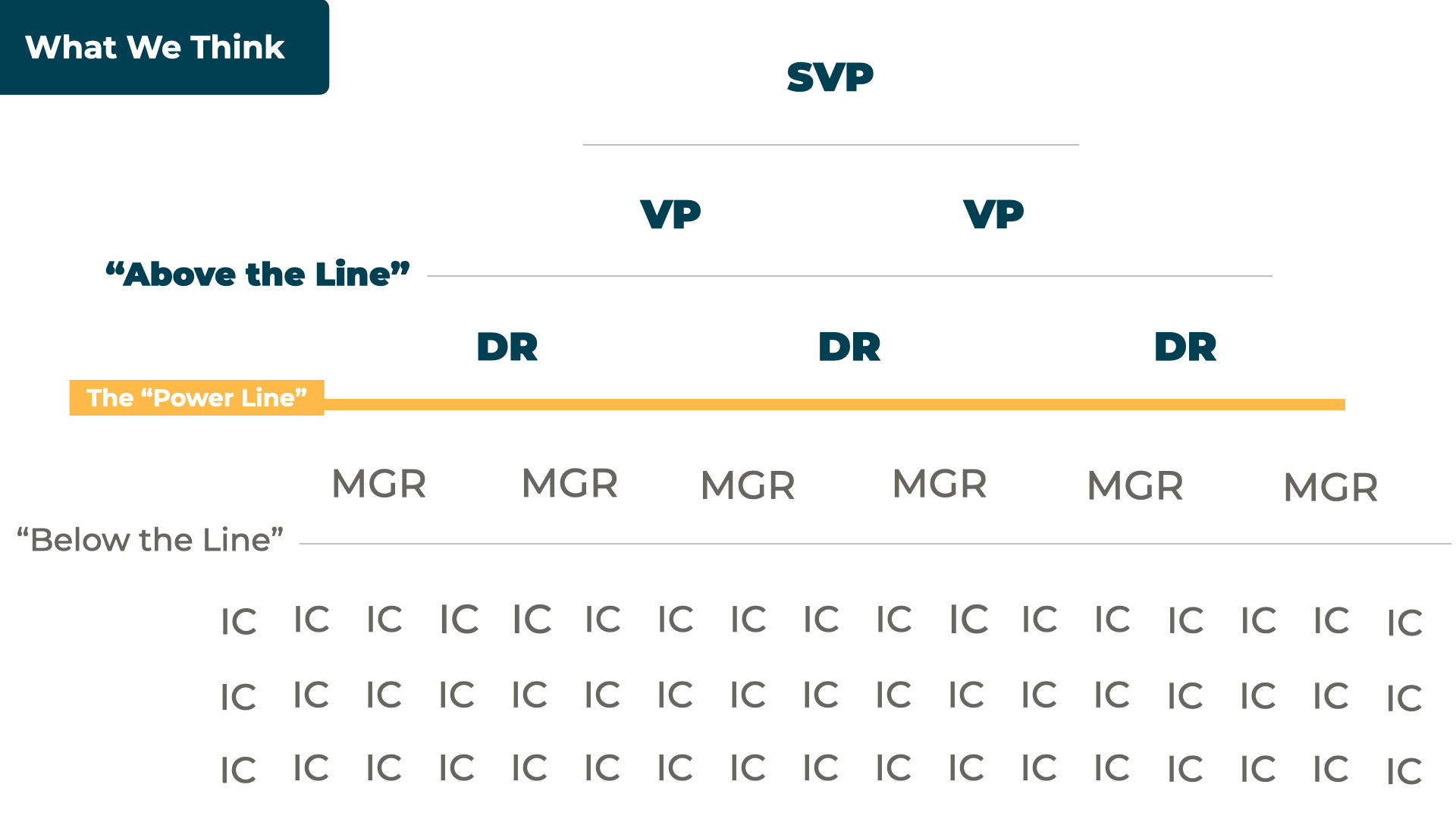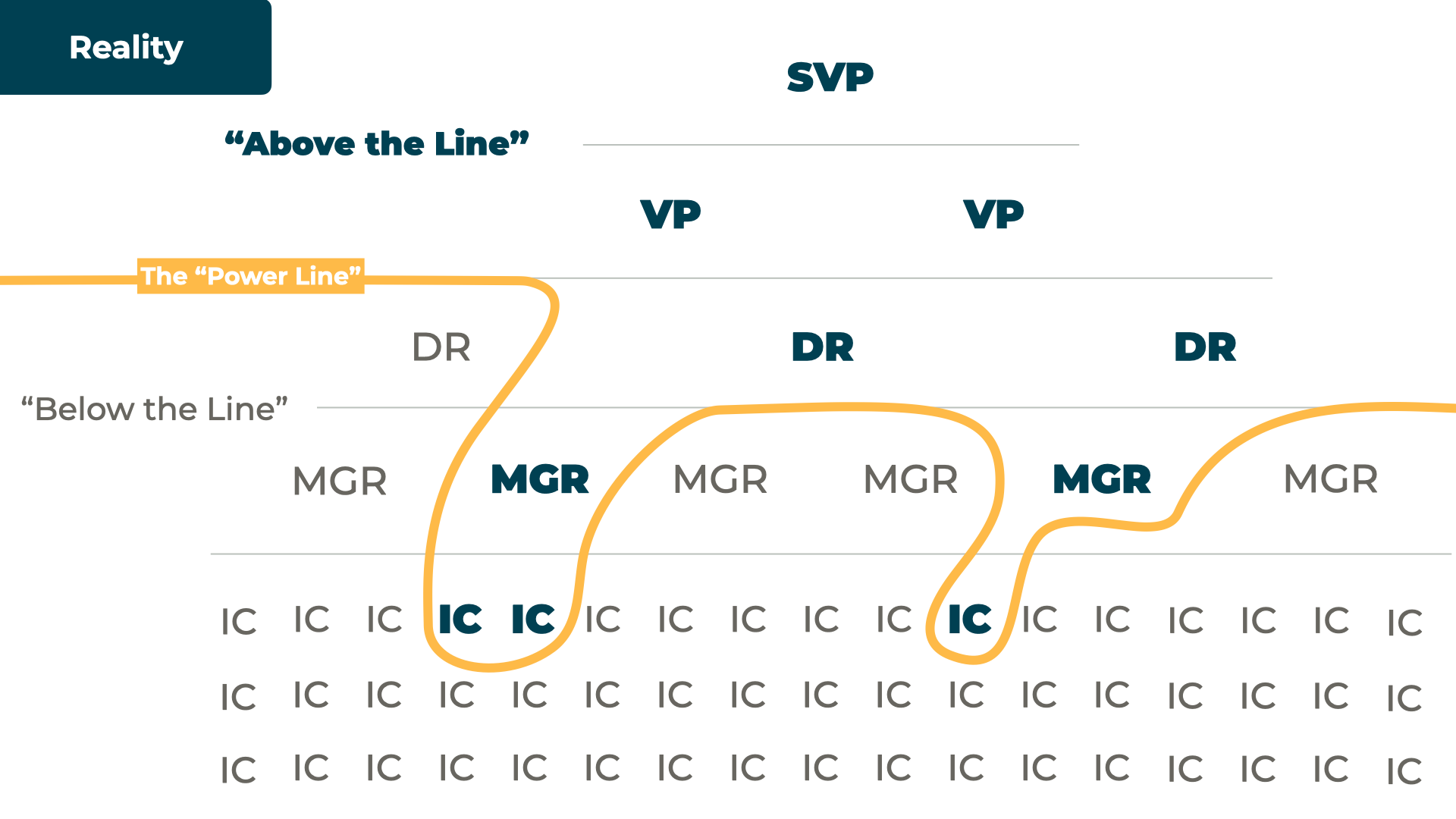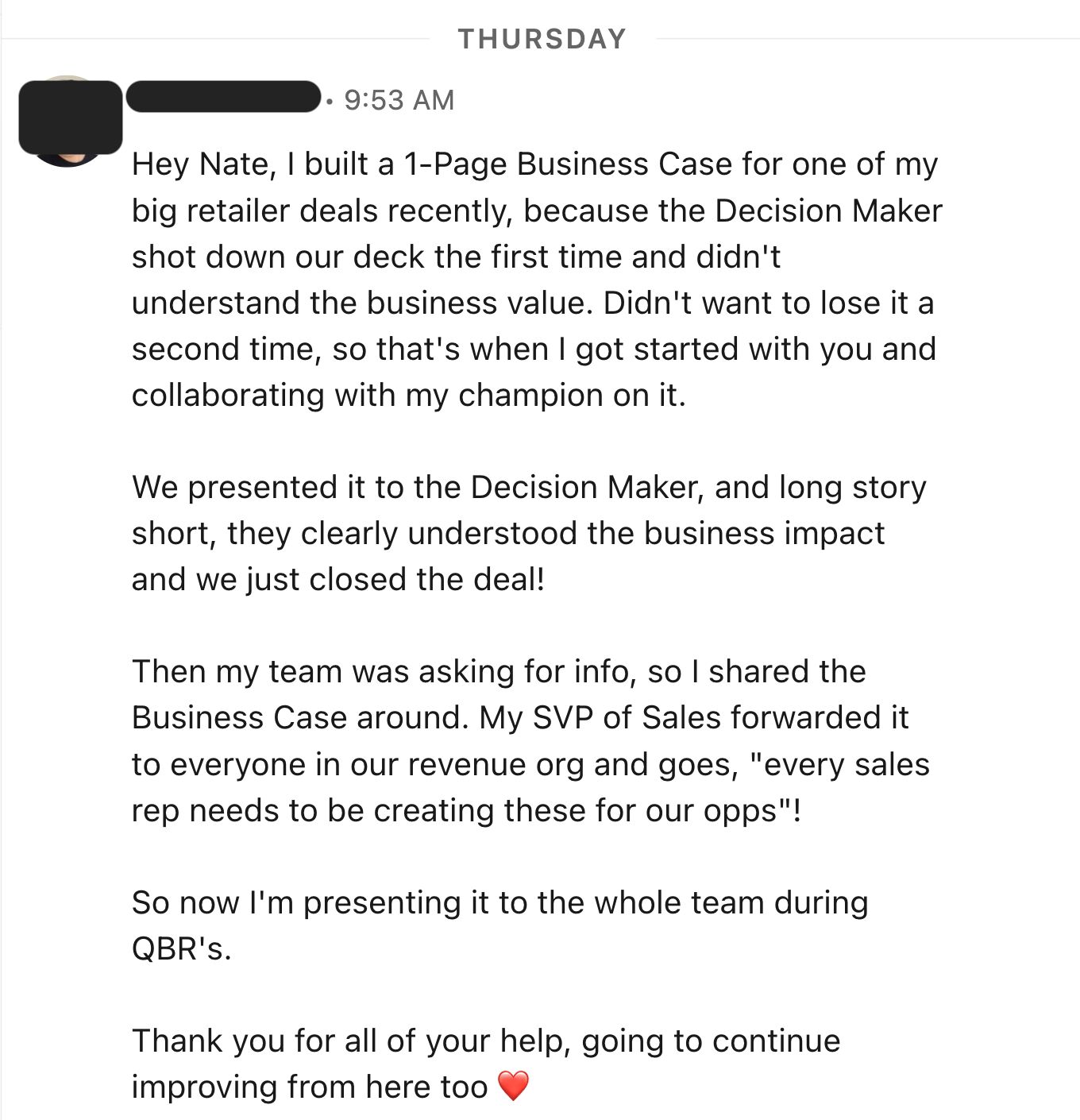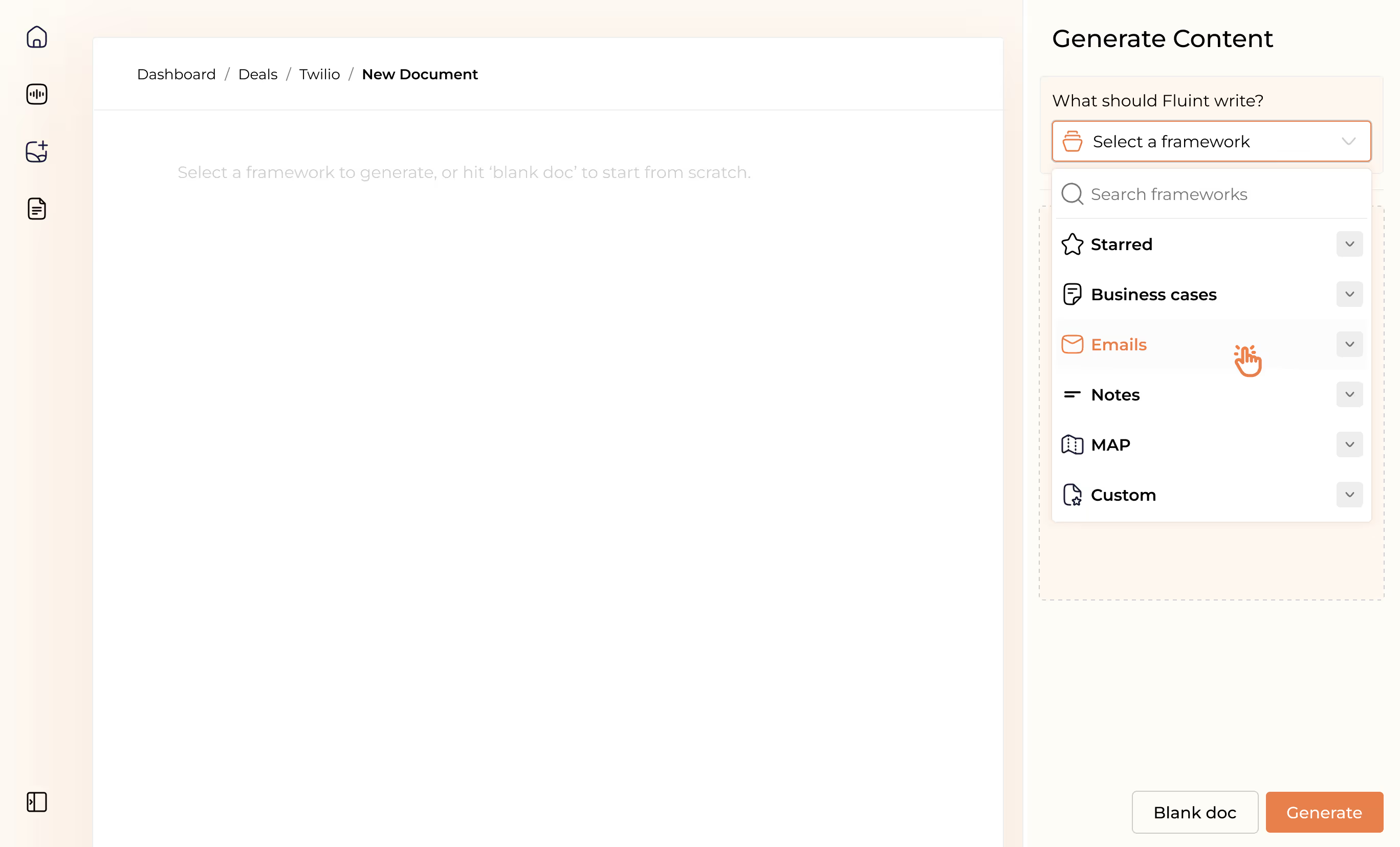7 Nonobvious Lessons from Sales Reps Buying for the First Time
Most sellers have never been buyers.
So naturally, how they sell lacks a certain level of "depth."
Which isn't necessarily a bad thing if this is you — it’s just part of gaining experience.
On the flip side, when you buy, you gain an edge in how you sell.
There’s a new texture you can feel inside your conversations.
It’s like the difference between watching someone ski, and actually feeling how awkward it can be to have a pair of slippery planks stuck to your feet.
A highlight of my year has been working with sales reps who are “skiing” for the first time, by championing Fluint. (We launched a product-led motion focused on AE’s first, then layered in team deals with a focus on selling to CRO’s and VP’s.)
Along the way, I've been asking how they’ll sell differently after buying.
And I’ve saved excerpts from those transcripts with their answers: what they said they knew, but didn’t really know, about selling.
Here’s a summary of the top points they shared:
7 Nonobvious Points on Selling from First-Time Buyers
Sidebar: I wholly appreciate the irony behind reading a post that’s about the difference between watching and experiencing something. So if you’ve never led a buying process before, try it.
Define a problem, develop a buying group, join demo’s, etc.
(You can always start here... just sayin'.)
Okay. On to the points:
1/ Influence and titles are not the same thing.
"All our sales trainings talk about selling to buyers above vs. below the ‘power line.’
And I thought this meant if I was talking to a high-level title, I was above the line:"

"But now I realize that depending on the company, some individual contributors or managers can carry more influence than a director or even a VP."

Related, here’s a message from an AE who changed his company’s sales process:

The reason?
A deal he was confident would close got shot down by the exec. (Ever had that happen to you? Yeah, me too.)
So he turned a, "No, we're not doing that," into a heck’uva quarter, after building a written business case with his champion.
Now, his SVP + CRO are having him:
- Expand the process to everyone in a revenue org of 75 people
- Teach other AE's how he did it during their QBRs
- Repeat the process on higher-value deals
Some reps aren't thrilled by the "extra work" now... so he's anonymous here.
But if you're a rep who's in the same spot right now, hear this:
You can be the one to change how your company operates. (Which can also change the trajectory of your career.)
→ Related posts:
The Business Case is the Sales Process
Account Maps that Actually Help You Win
2/ “Change management” is a real thing.
"I spent way more time talking to my own team about how we’ll rollout and adopt the product, plus what would go wrong, than how it works. Or what features we need.
Probably 70% of our conversations were about that. But compared to how I run my sales conversations, it’s the reverse. Most of my time is spent on the product and how it works.
So I need to switch that, and stop leaving rollout conversations for the end of the deal."
→ Related post:
The Change Equation
3/ Business “initiatives” before all else.
"It’s been interesting to realize how often my own company’s executives repeat the same stuff, over and over again.
Like, they only care about a really small number of initiatives and they go all in on those.
In my CRO’s case, it was his initiative to shift us to ‘value selling.’ And because we linked Fluint to that, steps like creating budget was easier than I expected. He even told us to double our budget for extra support, because underinvesting was his bigger concern.
So now, when I feel like a conversation is too hard — like when I’m getting a lot of pricing pushback — I go back to the initiative. Have I found one? Am I selling with that? Or are people focused on other things?"
→ Related Post:
Selling to Priorities, Not Just Problems
4/ Most discovery doesn’t advance the deal.
“I typically ask questions that don’t ruffle any feathers. They’re easy to answer, and make me feel like we’re ‘getting along.’
But the questions I’m most nervous to ask are the ones I appreciated being asked. The questions like, ‘Why not just table this, and come back to it next year?’
That helped me step back and think about what I needed to tell others in my company to keep the deal moving on the inside.”
→ Related post:
The Discovery Roadmap
5/ There’s a right and wrong order when multithreading.
"I always thought multithreading was about adding more contacts into a deal. Circling the right contacts on the account map, and then going after them:

"But when I was on the other side, I thought more about the order of who to bring in. There was a sequence to who I needed to get buy-in from first, because then, it was that much easier to get others looped in."

→ Related posts:
Multithreading to Navigate Dysfunctional Buying Groups
Selling in Vectors
6/ Defining a problem is harder than I thought.
“What I thought was pretty cut and dry was up for all kinds of debate. It was wild to hear the people I work with, who all experience the same thing, define the problem in so many different ways.
Like, ‘losing deals’ is not actually a problem. Why we lost deals and what drove that is the root of the problem, and we had at least four answers.
Even measuring how many deals we lost you’d think was black and white. But that was debated too with some people saying, ‘Some of these weren’t even deals to start with! Our win rate is good but our qualification process is bad!’ Wild.”
→ Related posts:
How to Write Compelling Problem Statements
Managing the Drama in Deals
7/ Most follow-up puts the work on the buyer.
"I realize that when something feels easy for me, I’m making it harder for my buyer.
My follow-up emails were all templated before, and I had a page of a bunch of product decks, demo recordings, case studies, the works.
But I realized all I’m looking for was a short, simple email saying ‘This is why you should care, and here’s what I’m asking.’ Attaching no more than a page of stuff.
Because I will literally never use a 40-slide deck in my team meetings… so why was I expecting my buyers to use mine?"
→ Related posts:
The Art of Crafting Narratives
Selling in Soundbites
At the end of the day, “buying” is just selling to your own team.
So if you’ve never bought before, pick a problem at your company then go solve it.
It’ll probably teach you more about selling than the typical SKO…
(Including why a lot of deals end in doing nothing.)
Why stop now?
You’re on a roll. Keep reading related write-up’s:
Draft with one click, go from DIY, to done-with-you AI
Get an executive-ready business case in seconds, built with your buyer's words and our AI.

Meet the sellers simplifying complex deals
Loved by top performers from 500+ companies with over $250M in closed-won revenue, across 19,900 deals managed with Fluint

Now getting more call transcripts into the tool so I can do more of that 1-click goodness.



The buying team literally skipped entire steps in the decision process after seeing our champion lay out the value for them.


Which is what Fluint lets me do: enable my champions, by making it easy for them to sell what matters to them and impacts their role.









